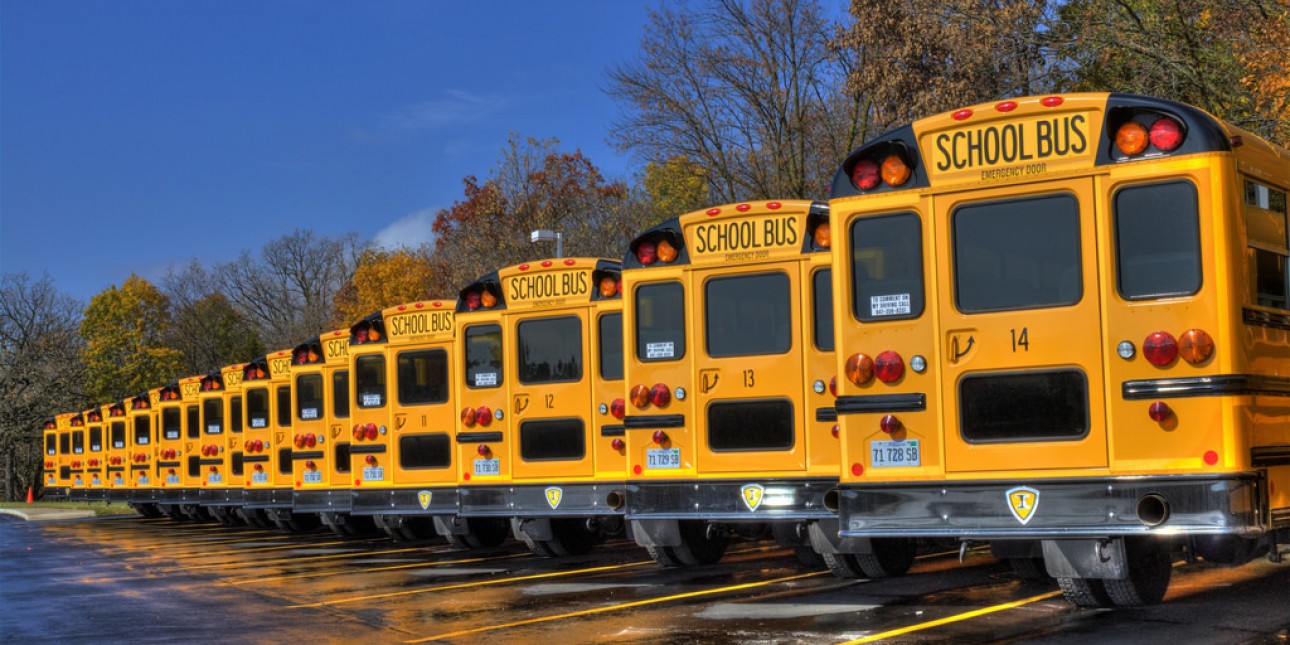Beyond New Shoes and Notebooks: Helping Youth Make the Most of the School Year

Beyond New Shoes & Notebooks: Back To School Suggestions for Organizations Who Work With Homeless Youth
It’s that time of year again. For many here in the Mid-Atlantic region, the sounds of cicadas trigger the rush to hit stores for school supplies and some sassy new outfits. Getting ready for school means something different for everyone. For unaccompanied homeless youth, going back to school can bring questions and uncertainty. There are many way that youth services providers can help the runaway and homeless youth they support in not only having a positive start but also a positive year in school.
Attending A New School
Transitions to a new school can be exciting but they can also cause stress and apprehension. Youth who find themselves walking the halls of a new school can feel very daunted, especially if they are coming from less than positive educational experiences in the past. It can be helpful to walk those halls with someone they trust before they are surrounded with noise and bodies swarming to get to the next place. Find a person at the school that can be a “go to” for questions or just a familiar face. This could be a teacher, support or admin staff, or a peer that knows their way around. Hint: This “warm-up” walk can be helpful even if it’s not a new school.
Know The Resources
The ESSA (Every Student Succeeds Act) is new and folks are still working to learn the nuances of the new resources and mandates. ESSA made significant changes to the McKinney-Vento Act. Program staff should make a point of learning about the provisions that support runaway and homeless youth. This guidance from HUD, directed to SEA and LEA’s (State/ Local Education Agencies), is a good place to start. Often this type of helpful information doesn’t find its way to all those that could use it. Offer to share it with the local education support staff that you’re working with to support the youth you serve.
Help Youth Understand their Choices
Once you have a clear understanding of the options available, make sure the youth you support are also aware of their choices and the resources available. The better a youth understands their options, the better positioned they are to advocate for what will work best for them. Help them gather information about their previous school experiences – there may be credits lost that would make a big difference for them.
Have A Chat About School
The notion of getting pumped about going back to school is often met with a groan by many typical adolescent and teens. Have a conversation about making the most of time of their time at school and focus on the opportunities for which school can be a springboard. Ask the question “If you had the best year in school ever, what would that look like?”
Develop a Relationship With Your District’s Homeless Education Liaison
Every school district is mandated to appoint a Homeless Education Liaison to support the educational success of youth that are homeless. In some districts, there is also a point of contact for each building who works closely with the liaison. Find out who these support people are and make sure that they are aware of your program. Homeless education advocates are often less familiar with the nuanced realities facing unaccompanied youth – work with them to deepen their understanding and yours.
Develop Information Packets
There are several national organizations dedicated to improving educational outcomes for youth that are homeless. They have developed fact sheets and other useful resources that can be tapped for sharing with schools, families and youth. Education of Runway and Homeless Youth Resources provides a useful roadmap to make your web surfing more targeted.
And Yes, School Supplies
Getting some nice duds and having the right school supplies is important. Tap community partners for donations to get those backpacks, calculators, and other supplies needed to get the job done.

